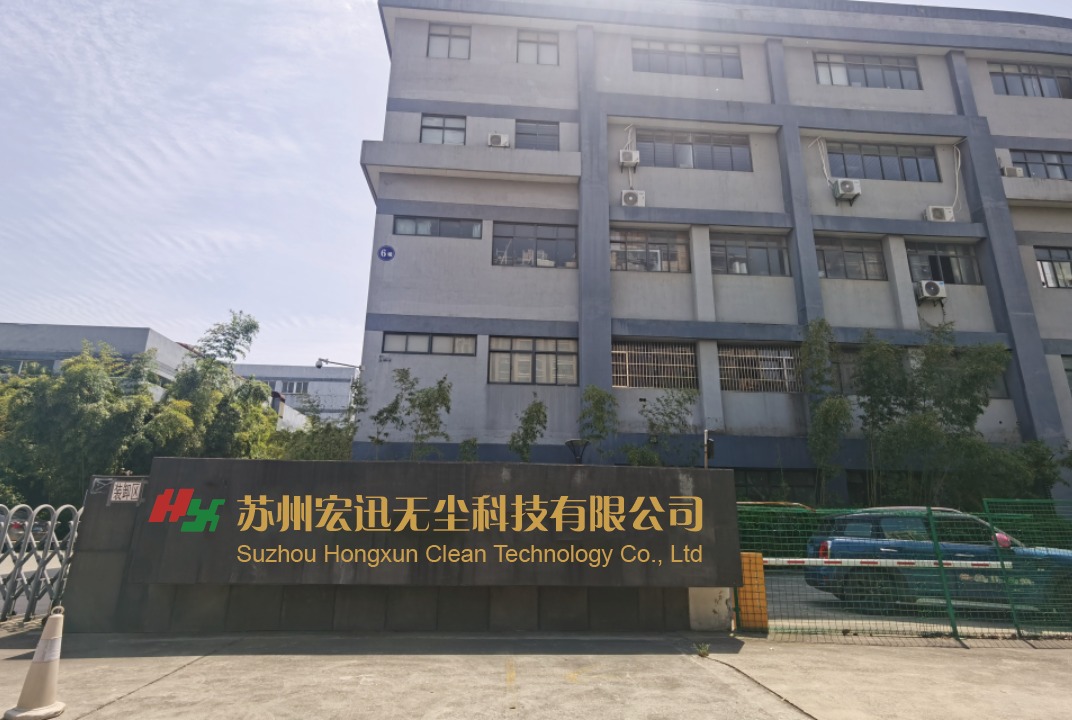Cleanroom vs. Controlled Environment: Understanding the Differences
In industries where precision and cleanliness are paramount, terms like cleanroom and controlled environment are often used interchangeably. However, these two terms refer to different levels of environmental control, and understanding the distinction is crucial for industries such as pharmaceuticals, electronics, biotechnology, and aerospace, where contamination can be costly or even dangerous.
Let’s break down the differences between cleanrooms and controlled environments to understand their specific roles, requirements, and applications.
What is a Cleanroom?
A cleanroom is a highly controlled environment designed to minimize contamination from particles, airborne microbes, and chemical vapors. Cleanrooms adhere to stringent standards for air cleanliness, temperature, humidity, and personnel protocols. The goal is to create an environment where particle levels are tightly controlled to protect sensitive processes and products.
Key characteristics of a cleanroom include:
- Air Quality: Cleanrooms use High-Efficiency Particulate Air (HEPA) or Ultra-Low Particulate Air (ULPA) filters to remove airborne contaminants. The air is continuously circulated through these filters to maintain cleanliness levels. Cleanroom air quality is classified according to ISO 14644-1, with levels ranging from ISO Class 1 (the cleanest) to ISO Class 9 (least stringent).
- Personnel Protocols: Workers inside cleanrooms must wear special garments, such as coveralls, gloves, masks, and shoe covers, to prevent contamination from skin particles, hair, and clothing fibers. These garments are often called bunny suits in cleanroom jargon.
- Particle Control: Cleanrooms are designed to control both the number and size of particles in the air. For example, an ISO Class 5 cleanroom allows no more than 3,520 particles per cubic meter that are 0.5 microns or larger in size.
- Pressure Differentials: Cleanrooms are often maintained at positive air pressure, meaning that air flows out when doors are opened, preventing unfiltered air from entering the space.
- Temperature and Humidity Control: Cleanrooms also require tight control of temperature and humidity, as fluctuations can affect both products and the overall cleanliness of the environment.
What is a Controlled Environment?
A controlled environment, on the other hand, refers to a broader category of environments where some variables, such as temperature, humidity, or particulate levels, are regulated, but they may not meet the stringent standards of a cleanroom. Controlled environments are often used for manufacturing processes, storage, or research where some level of contamination control is necessary, but not to the extent of a full cleanroom.
Key characteristics of a controlled environment include:
- Basic Contaminant Control: Unlike cleanrooms, controlled environments are not required to meet strict particle or air cleanliness standards. However, they do control some environmental factors, such as temperature, humidity, and in some cases, air quality to protect materials and processes.
- Relaxed Air Filtration: Controlled environments may have some level of air filtration, but they are not as rigorous as HEPA or ULPA filtration systems used in cleanrooms. The goal is to reduce contamination, but not to the extent required for ultra-sensitive processes.
- Flexible Standards: While cleanrooms adhere to specific ISO classifications, controlled environments may have more flexible requirements depending on the industry and process needs. For example, a controlled environment in a pharmaceutical facility may have stricter requirements than one used for general manufacturing.
- Lower Operating Costs: Controlled environments are typically less costly to maintain than cleanrooms due to their less stringent design and operation requirements. For industries where absolute cleanliness isn’t critical, this makes controlled environments a cost-effective solution.
- Personnel and Access: While personnel entering a controlled environment might still follow hygiene protocols (e.g., wearing lab coats or gloves), they typically do not require full cleanroom attire, and access control may not be as strict.
Key Differences Between Cleanrooms and Controlled Environments
| Aspect | Cleanroom | Controlled Environment |
|---|---|---|
| Air Quality | Strictly controlled with HEPA/ULPA filters, ISO classified | Moderate control, may not use HEPA filters |
| Particle Control | Measured and regulated by ISO standards | Less stringent, may not measure particles |
| Personnel Protocols | Full protective garments (bunny suits) required | Basic hygiene protocols, lab coats, gloves |
| Pressure Control | Positive pressure to prevent contamination | May or may not use pressure control |
| Cost | High due to stringent controls and filtration | Lower due to relaxed standards |
| Common Industries | Pharmaceuticals, electronics, aerospace, biotech | Manufacturing, food production, storage, R&D |
Applications of Cleanrooms and Controlled Environments
Cleanroom Applications:
- Pharmaceutical Manufacturing: Where sterile conditions are needed to produce medications or medical devices.
- Semiconductor Manufacturing: Where even the smallest dust particle can cause defects in microchips.
- Biotechnology: For growing sensitive cultures or handling biological materials that could be contaminated by outside particles.
- Aerospace: For the assembly of sensitive spacecraft components that cannot tolerate contamination.
Controlled Environment Applications:
- Food Production: Where temperature and humidity control help extend the shelf life of products without needing a sterile environment.
- Medical Device Storage: Where products are stored under specific conditions to maintain quality.
- General Manufacturing: Where certain processes or materials require controlled conditions to prevent damage or degradation.
Conclusion
Both cleanrooms and controlled environments serve vital roles across industries, but they cater to different levels of contamination control. Cleanrooms offer a meticulously controlled environment for sensitive processes where even microscopic contaminants can be disastrous, while controlled environments provide a more flexible and cost-effective solution for operations that require moderate control over environmental factors.
Choosing between a cleanroom and a controlled environment depends on the level of control your processes require. For high-precision industries like pharmaceuticals or electronics, a cleanroom is non-negotiable. But for less critical applications, a controlled environment can offer the protection you need without the high costs of maintaining a cleanroom.



